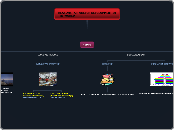realizată de Tye McMurter 3 ani în urmă
148
Early Societies Inquiry Activity - tye
Medieval England was characterized by a rich array of ceremonies and celebrations, including religious festivals like Twelfth Night, St. Valentine's Day, and Easter, marked by Mystery plays.









